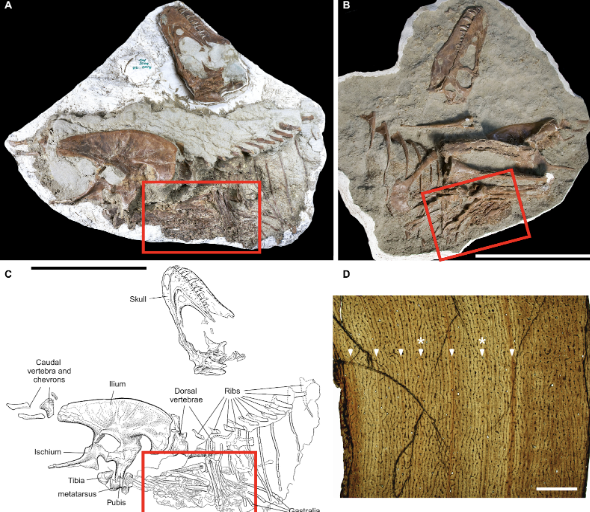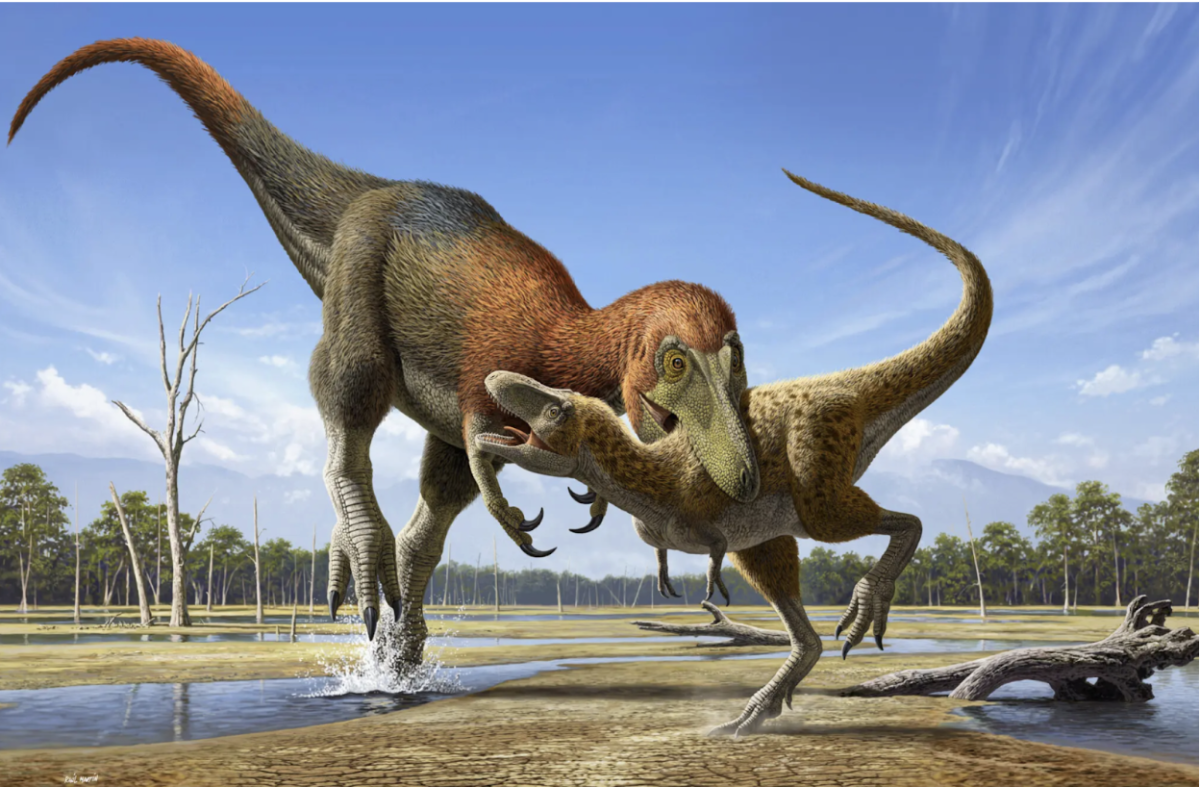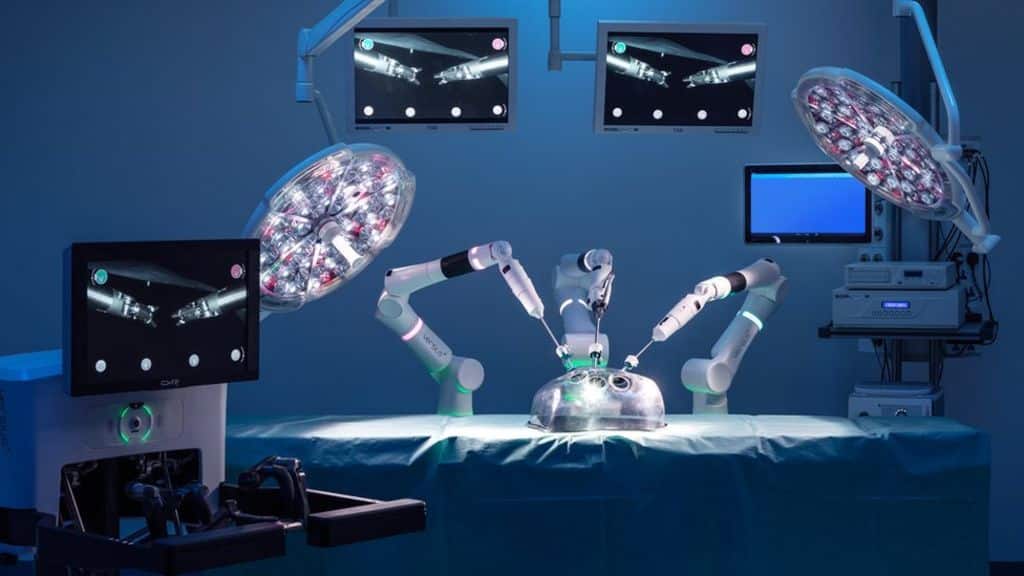For years, scientists have been identifying dinosaurs by reconstructing their skeletons, a flawed technique that sometimes yields incorrect identifications. This was the case until semi-recently, when paleontologists began to take genetic samples from dinosaurs to identify their species, diet, ancestors, and even some diseases. These developments have evolved as the years have passed, providing more accurate insights into the world of millions of years ago and information that allows us to better understand evolution today.
It all started with the frustration of archaeologists and paleontologists over the fact that they could not identify the remains of some of their finds. They already had the ability to look at dinosaur bones without scientific analysis and see all the nicks, dents, and scratches to infer what their life was like. If the dinosaur had large, long suspensory ligaments, it was likely a fast runner, but likely is the key word. Scientists could make all the guesses they wanted, but they could never be sure. They could also scan the bones for their bone density to try to determine the age of the dinosaur at death, but the information they collected is often compared to scans of today’s organisms. When identifying dinosaur bones, “you can never be too skeptical of your own results,” says paleontologist Ross Barnett, who specializes in analyzing and interpreting ancient DNA. This skepticism is what prompted scientists to learn more about a relatively new field: DNA and genetics.
To piece together their puzzle, scientists now take samples of DNA from fossilized bones, feathers, plants, eggs, fecal matter, and more. They then take a closer look at the DNA and identify mutations, unique sequences, and other minute aspects of the organisms that they would not have known before. These discoveries allowed for various trends to be identified within species. This not only allowed for the dinosaurs themselves to be identified, but also for evolutionary patterns – essentially dinosaur family trees – to be created.
Recently, multiple fascinating discoveries have been made thanks to the power of genetics and DNA’s unique qualities. For example, scientists were able to confirm the connection between dinosaurs and birds because “as living dinosaurs, birds can be used to test some of the ideas that paleontologists have proposed based on bones alone. They … carry a direct genetic legacy of their dinosaurian ancestry”. The same scientists discovered that they could edit the genes in chickens to have more sequence similarities to dinosaurs and create chickens with dinosaur-like snouts and teeth.
Another article in the New York Times published on the Jan. 3, 2024, describes how genetic identification allowed reidentification of a previously incorrectly identified dinosaur.. The dinosaur was first named in 1988 as the Nanotyrannus lancensis, a smaller relative of the tyrannosaurus rex. However, eleven years later, a group of scientists came up with a new hypothesis: it’s a teenage T. rex! The new hypothesis took the paleontology world by storm, and everyone began to believe it. However, it was quite difficult to tell the dinosaur’s species based only on bone structure. Dr. Thomas Carr, a paleontologist at Carthage College said “[w]ith T. rex and tyrannosaurs in general, differences between juveniles and adults are quite extreme and people are easily thrown.” This was the case for most until a study published in MDPI journal highlighted many differences between the Nanotyrannus lancensis and the T. rex in genetic information. The study actually implied that the Nanotyrannus lancensis is barely a distant relative of the T. rex, altering many previous dinosaur pedigrees.
A different New York Times article reported that according to a research article published in Science Advances, genetics were used to help identify the preserved bones of a Cipities in the stomach of a Tyrannosaur. The article is titled “Exceptionally preserved stomach contents of a young tyrannosaurid reveal an ontogenetic dietary shift in an iconic extinct predator.” As the title indicates, the discovery presented a dietary pattern that was not known before, another example of how genetics are revolutionizing the paleontology field.

( D. Sloan, A. Gogol, and Science Advances.)









